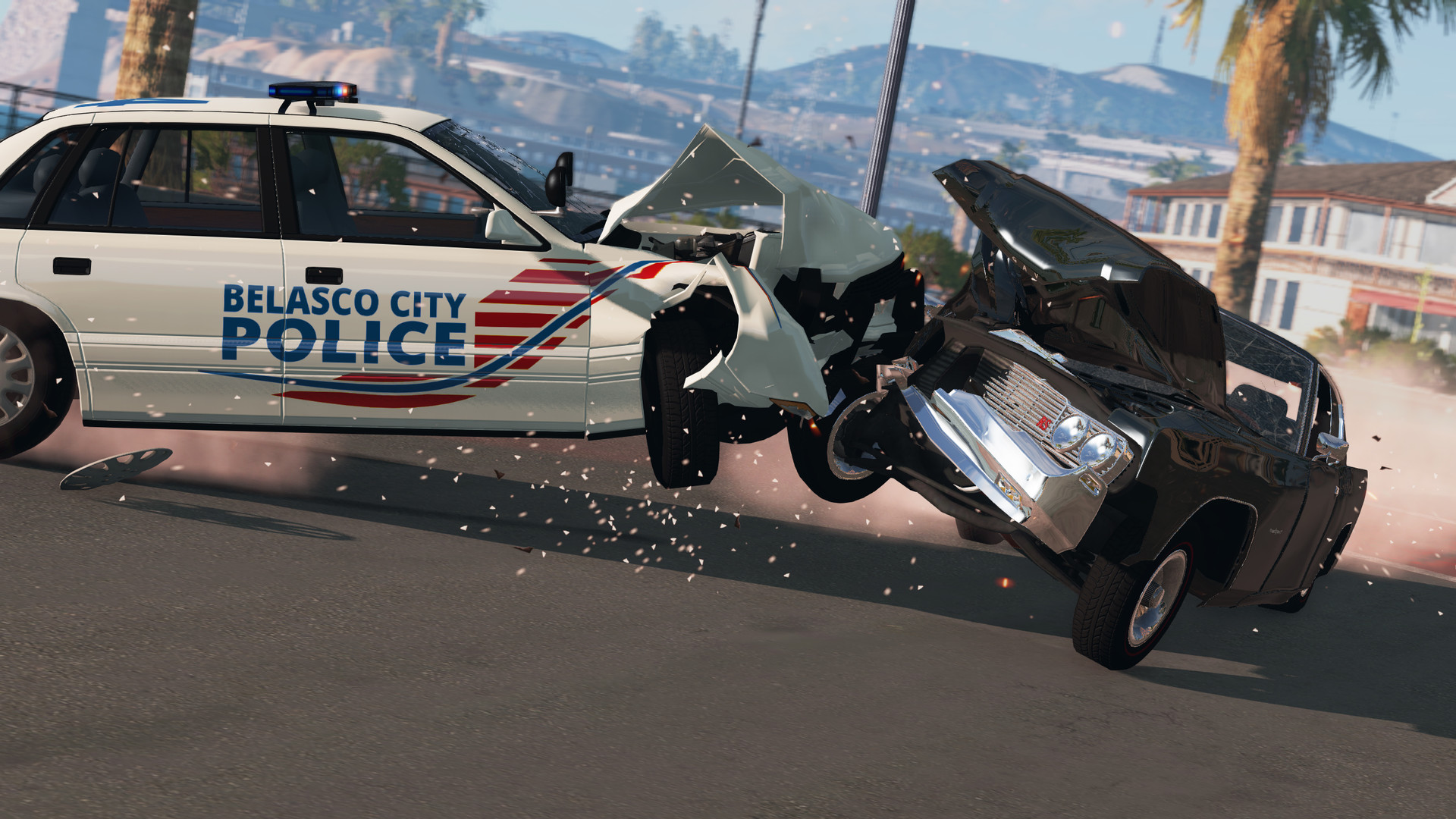
Note: If you modify the driver configuration, you may need to re-adjust the in-game configuration.īefore continuing, one word about reusability of response curves: Feel free to tweak the rest of settings now.

Once you are happy with the “Strength”: go for a drive, and gradually decrease the in-game “Smoothing” to improve details and responsiveness.This will have reduced the maximum peak torque during crashes. If car crashes feel too violent: you should lower the torque in your steering wheel configuration tool, and then bump the in-game strength to compensate.Go for a drive with your usual driving style (be it racing, stunts, offroading…), and tweak the “Strength” until the overall amount of force feels good to you (not too weak, not too strong).The wheel will feel very vague and slow, but this is only temporary. Temporarily set Smoothing to the largest value.For that, you may want to sacrifice graphics and traffic. The higher the framerate, the more responsive ffb will feel. Disable mods and do not use a custom setup to be safe, avoiding misleading suspension geometries. Choose an official rear-wheel-drive car, like a K-series Kc6.If you have previously modified the force feedback options, you may want to start fresh, by deleting the “steering” binding and creating a new one.First of all, configure your steering wheel drivers (see the relevant section above).

Here’s some steps to use as a starting point: Every driving style favours different force feedback settings. Configuring force feedback can be difficult to get exactly right. When tweaking the ‘steering’ binding, the force feedback settings will appear below the normal settings.


 0 kommentar(er)
0 kommentar(er)
